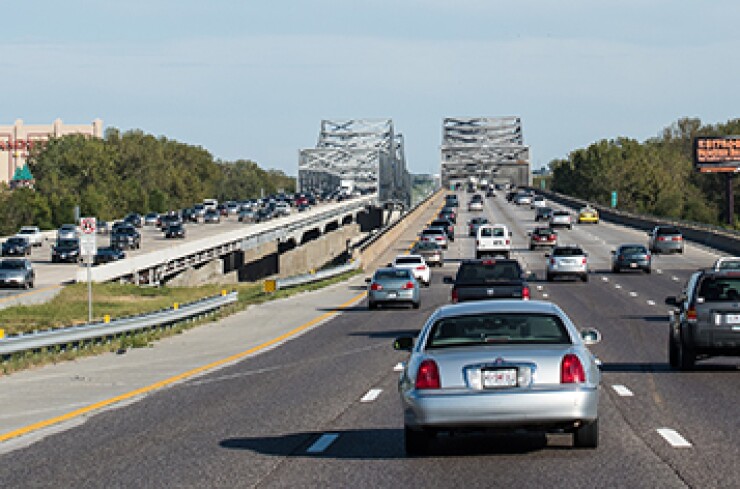State Auto is investing heavily in telematics, but not just for underwriting and customer intelligence: The carrier sees the technology yielding an improved claims experience to reduce cycle times for customers and improve efficiency for repair services.
Working with CCC Information Services, State Auto rolled out its Quick Care enhancement for customers of its usage-based insurance program, Safety360. Quick Care integrates data from installed dongles, manufactured by Octo Telematics, with CCC's crash-detection algorithms using the CCC X data exchange platform, allowing for more proactive response to first notice of loss.
"When a crash is detected, the algorithm interprets the information and puts it directly into our claim system," says Josh Thompson, VP for auto and property claims at State Auto.

Thompson says that State Auto sees auto insurance shifting more toward telematics-powered products, like UBI, as the technology advances. A more connected approach to the insurance product is also important to deliver on the promises of the increasingly digital customer acquisition process as well, he adds.
"All our new business is digital only, paperless," Thompson explains. "If we're delivering digital on the front, we have to do the same thing in the claims process. Otherwise it's a bit choppy for the customer."
The company is continuing its investment in the technology with a planned mobile telematics rollout using Cambridge Mobile Telematics' platform. It's also looking to use sensor technology on the property side with its membership in Roost's Home Telematics Consortium, announced in mid-2018. The real selling point is that these kinds of digital solutions support State Auto's dual goals of reducing loss costs and improving the customer experience at the same time, Thompson concludes. Quick Care has helped State Auto "recover stolen vehicles that we never would've recovered before," he adds. It helps the insurer identify non-drivable cars earlier.
"We're looking at the customer experience as the main bucket for improvement, but this also helps us reduce expenses," he says. "It's one of the few things we see that can benefit both of those buckets."





